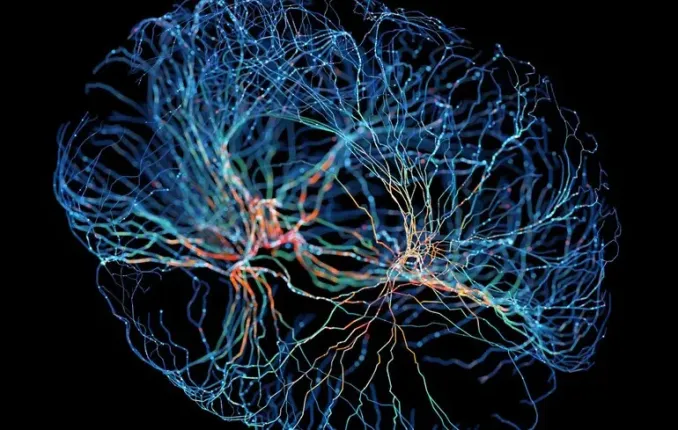Unlocking the Brain’s Decision-Making Blueprint: How Neurons Predict Choices Before Conscious Awareness

Recent breakthroughs in neuroscience have revealed an astonishing and intricate picture of how the human brain functions, especially regarding the processes that precede our decision-making. Through advanced experiments utilizing cutting-edge neural interface technologies, scientists have traced how neurons activate even before we consciously recognize the need to make a choice. A pivotal part of this research involved studying neural activity in monkeys trained to identify the dominant color in images. During these trials, researchers recorded signals from nerve cells using sophisticated electrode arrays, notably the Utah Array. This technology enables the implantation of flexible grids of microelectrodes into delicate brain regions, such as the dorsal premotor cortex. After implantation, the monkeys recover and participate in prolonged experiments where they select which color is predominant on a picture, with neural activity being recorded simultaneously with their movements. These studies have demonstrated that even before the monkey consciously makes a decision, corresponding neural networks in the brain are already engaged. This indicates that the process of decision formation begins on the neuronal level well in advance of our awareness. Tatiana Engel, a leading scientist from Princeton Neuroscience Institute, compares this process to skiers descending a mountain — regardless of their different start times and paths, they ultimately arrive at the same destination — the valley representing the conscious choice. This analogy confirms that thoughts and decisions 'descend' into the brain as neural impulses before they reach consciousness. Such insights hold enormous potential for understanding psychiatric conditions like schizophrenia or bipolar disorder, as they allow for early detection of neural deviations that lead to disturbed thinking. Further research aims to deepen our understanding of these neural processes, facilitating the development of new therapies and medications. By observing how the brain plans and executes actions at the neuronal level, we gain crucial knowledge about the signals that precede our behavioral responses. International collaborations, including teams led by New York University, have also explored the interactions between the prefrontal cortex and hippocampus—regions involved in envisioning future scenarios and predicting decision outcomes. These discoveries expand our comprehension of the complex cognitive mechanisms involved in everyday decision-making and open new avenues in neuroscience and medical science.

